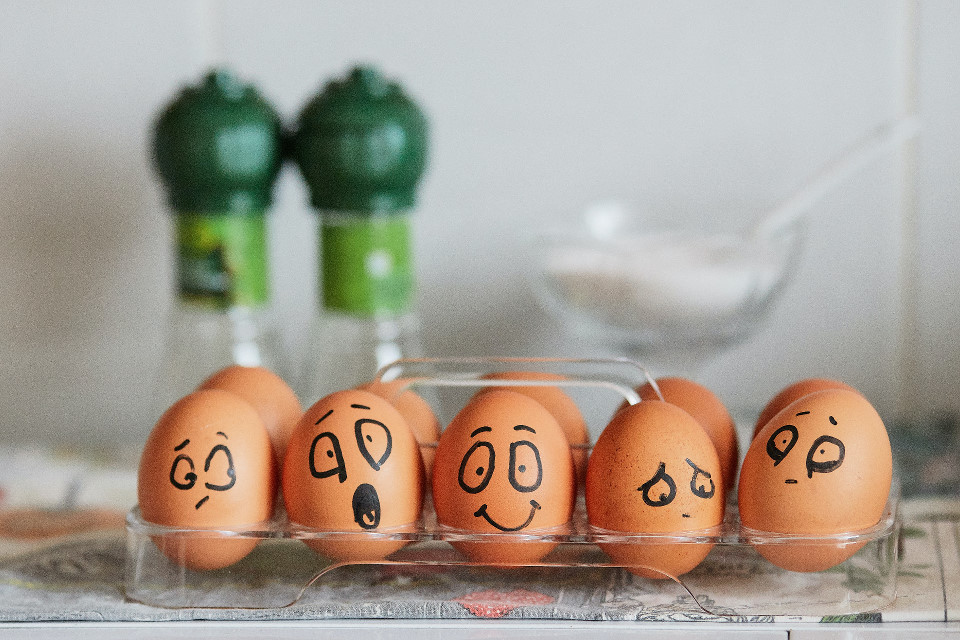We all experience emotions, all the time. They are a huge part of our lives and we spend lots of time thinking about and reacting to them.
Emotions tell us about our experience of the world and other people. They are a guide to how to respond in a whole range of situations – to be fearful or excited, to embrace and enjoy.
Emotions are essential to help us navigate life. The word ‘emotion’ first came into use in the sixteenth century and is from the French e (or ex) which means out and motion to move; essentially a call to action, a stirring up.
Somehow, we began to talk about positive and negative emotions, ones we want to experience and ones we don’t. Of course we want more happy than sad, more excitement than fear and more joy than anger. The trouble is that once we start thinking of emotions as good and bad, we start to think that experiencing “negative” emotions is a bad thing.
How often do we apologise for our sadness, our anxiety, our frustration, our anger? We start to feel bad for feeling bad. Good people don’t feel angry. Kind people don’t feel frustrated. Happy people don’t feel sad.
This sort of thinking, the either/or and bad/good thinking, can make things more difficult for us when we are already having a hard time. Our body, brain, mind system can react to the self-criticism we inflict on ourselves for feeling angry or sad, and intensify feelings of sadness, shame and disappointment.
The thing about emotions is that we don’t get to decide whether or not to experience BUT we do get to decide how to think about them once we notice them.
If we label some emotions negative, this risks us internalising the idea that these are bad and we shouldn’t be feeling them. This way of thinking can also have an impact on our relationships and how we support others.
If we believe anger is bad, then how do we react to an angry child? What do we make of the anger? Is it directed at us? Is it our fault that there is anger? Can we tolerate and hold the anger or do we want the child to stop being angry because it makes us feel bad?
There is the chance that a child may learn that anger is not ok, that they should hide their anger, swallow it and keep it hidden from the adults. Perhaps they will think there is something wrong with them for having negative feelings? Perhaps we think there is something wrong with us?
The emotions which stir us up are there for a reason. They give us the energy to act when there is injustice or extra effort is needed. They help us protect ourselves and others. There is a difference between experiencing an emotional response, recognising it and expressing it to acting in ways that are negative or harmful to others. The better we are at recognising and naming our emotions, the more likely we are to be able to pause before we act. Those vital seconds, minutes, hours of stopping, breathing, being compassionate to ourselves and thinking about our responses and future actions are vital.
We can give ourselves a better a chance of staying regulated, in the place where we can think clearly, if we remember that all emotions are acceptable. We can be a happy person and feel sadness. We can be a good person and experience anger and frustration. Let’s try to move from the oppositional world of either/or to the inclusive world of also/and.
Life is full of reasons to be stirred up, it’s what we do with what emerges that is important.

